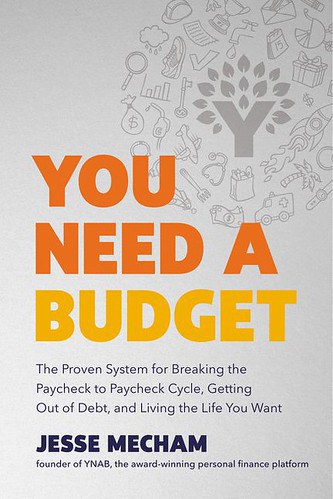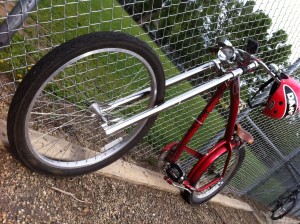How to file your taxes in Canada for Beginners

Sarah, our new contributor, shares her first-time experience of filing taxes.
Sarah completed the Wilfrid Laurier University Business Program with a Concentration in Finance in 2018. She is now a Financial Planning Investment Representative. She helps Financial Advisors manage money for clients. Sarah shares her experiences in writing about recent graduates, women in finance and health and wellness.
Welcome Sarah to the Mixed Up Money family by saying hello, leaving a question or comment.
As a 23-year-old young adult, I’m slowly taking on more responsibility when it comes to my finances. Among a variety of things, this has included filing my taxes for the first time. Before this year, the idea of filing on my own brought up a lot of self-doubt and confusion. Through my 16 years of education I realized I had more knowledge on the different angles of the triangle than I did of a task that is asked of me every year. After speaking with some of my friends, I knew I was not alone in my questions and misunderstandings, and neither are you if you feel the same. Now that I’ve successfully come out the other side, I’m going to help guide your expectations and make filing seem less daunting because nothing is certain in life except death and taxes.
WHAT DOES ‘FILE YOUR tax return’ mean?

Let’s start with the basics and understand what it means to file your tax return. You may think that paying your tax for the year is equivalent to filing your taxes. This may seem logical but it’s not true. Your employer has been deducting taxes from your paychecks for the government and various programs, such as Canada Pension Plan (CPP), Employment Insurance (EI), and taxes.
You’re being charged as if you had signed up for Spotify Premium a year before, but the trial period ended. It’s brutal, I know. The government benefits from this system because it gets a constant flow of income and even a little bit more, since many people don’t claim their benefits.
When you file your taxes, you will need to compare the differences between what you have already paid in taxes this year and what you are supposed to pay based on calculations. It could be that you owe more money or, more commonly for young adults and college students, receive a refund. You should file your taxes every year on time to avoid additional fees. TurboTax is a great program that does the calculations, but I think it’s essential to know the basics to ensure you get the money you deserve.
WHAT INFORMATION DO you need to file your tax returns?
To begin the process of filing taxes, you must first determine how much you earned in one year. Your employer should provide you with T4 slips for each job you have held during the year. Add up all your T4 slips, as well as any other income sources you have received during that period, such EI, certain benefits and self-employment.
The next step is to calculate the taxable income. You may not be aware that all income is not taxable. It is important to distinguish because certain allowances and non-taxable income can reduce your taxes, putting you in a lower bracket. The government made RRSP contribution non-taxable as an incentive to save. The Canada Revenue Agency website has a complete list of nontaxable income.
After you calculate your taxable income, (earnings less deductions), you apply federal and provincial tax rate in a tiered structure to determine the amount of taxes that you owe. The “brackets”, or tiers, are based on a set rate for the first $50,000 of taxes you owe. A higher rate is then applied to the next $50,000. This system means that higher-income people are taxed more than those with lower incomes.
In the final step, benefits or tax credit are taken into consideration. Tax credits are a set amount that can be used to offset taxable income and encourage or reward government behavior. If you live in Manitoba or Alberta, Saskatchewan or Ontario, you may have heard about the Climate Action Incentive Credit, which supports the environment.
Tax credits are available in two different forms: refundable and not refundable. Non-refundable tax credits will reduce your tax liability down to zero, but refundable tax credits can give you money back even if it is already zero. You can find a complete list of refundable or non-refundable tax credit in your province on the CRA web site.
Subtract your total tax credits from your calculated tax liability. It’s positive if you owe tax. You will see a negative value if you’re due a refund.
WHAT ARE THE OPTIONS FOR FILING YOUR TAXES
You can file your taxes online using many programs, including SimpleTax and H&R Block. TurboTax is the program I personally use. It’s easy to use and most importantly, it’s free.
You can also file directly from your CRA account. It’s important that you log in to your CRA account and update all the relevant information, including your email address, mailing address and direct deposit. You will then receive your refund (if one is due). You can login with your bank information if you are like me, and don’t want to remember a password each year.
The deadline to file this year is June 1, 2020. You can pay your tax online on September 1, 2020. You should get your refund within two weeks of filing online and eight weeks if you filed a paper tax return.
WHAT WAS MY EXPERIENCE WITH FILING MY TASKS?
Overall, my first filing season was a success. You’re probably like me and your expectations were much higher than reality. It’s not necessary to be an experienced CPA in order to do your own taxes. If you haven’t taken advantage of this opportunity, this could be the motivation you need to do so next year.







+ There are no comments
Add yours